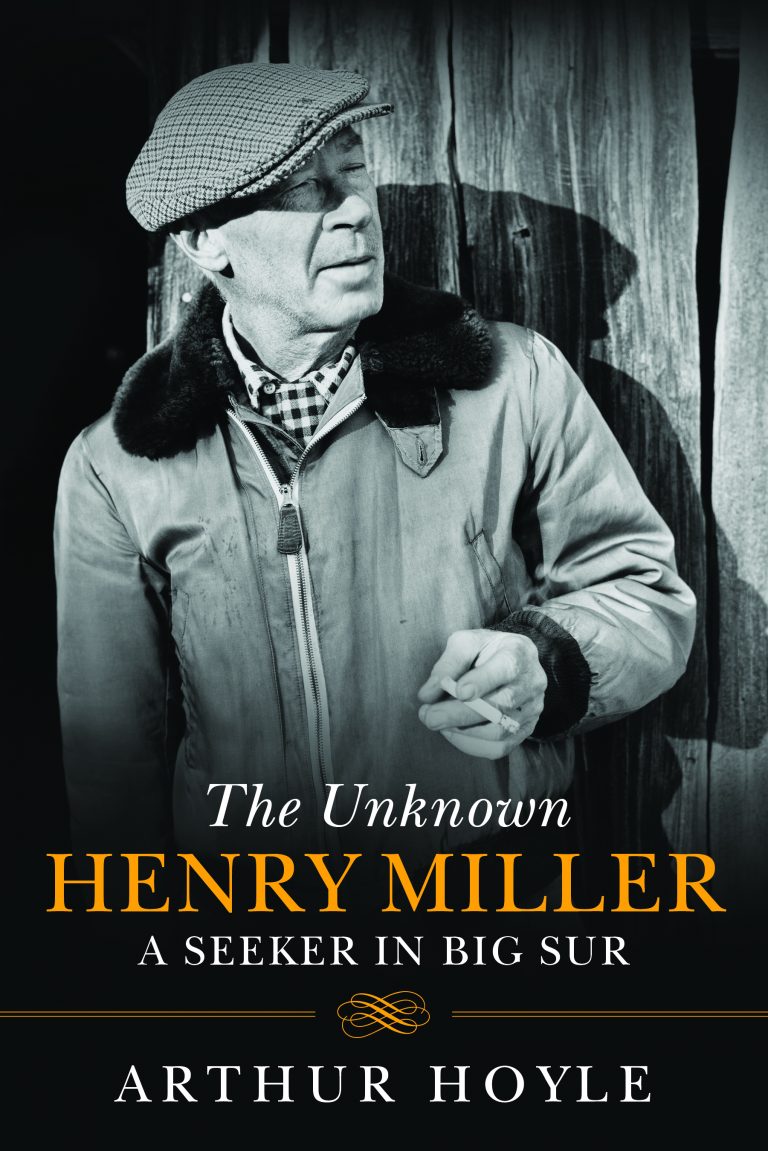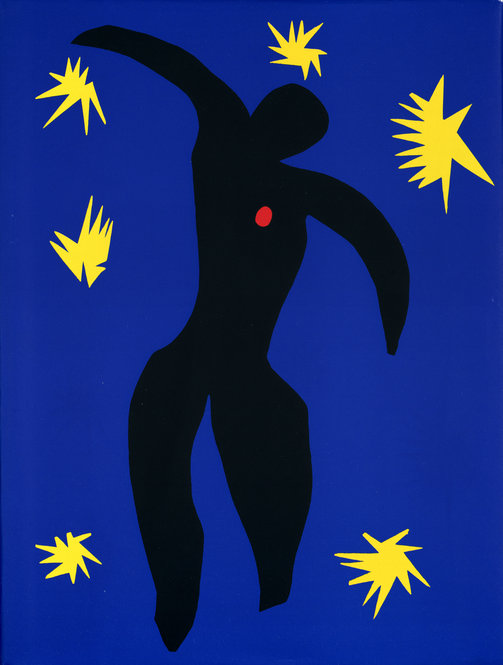Arthur Hoyle’s recent biography The Unknown Henry Miller: A Seeker in Big Sur was recently published by Skyhorse/Arcade. The biography recounts Miller’s career from its beginnings in Paris in the 1930s but focuses on his years living in Big Sur, California, from 1944 to 1961, during which he wrote many… read more
Henry Miller
Artists’ books bring text to life through art
The definition of what constitutes an artist’s book varies significantly depending on the social or critical circle observing the book. Is it an artist’s book, a livre d’artiste, an artist’s illustrated book, bookart, pop art, or a fine press book? If one were to look up the term and read… read more



